In the dynamic world of transportation and logistics, the backbone of efficient hauling lies in the quality of trailer axles. At CarMax Vehicle, we understand the critical role that trailer axles play in ensuring safety, performance, and longevity of semi-trailers. This comprehensive guide delves into the various types of trailer axles, their applications, benefits, and considerations to help you make informed decisions for your hauling needs.
Table of Contents
- Understanding Trailer Axles
- Types of Trailer Axles
- Key Components of Trailer Axles
- Factors to Consider When Choosing Trailer Axles
- Maintenance Tips for Trailer Axles
- CarMax Trailer: Superior Trailer Axle Solutions
- Frequently Asked Questions
Understanding Trailer Axles
Trailer axles are pivotal in connecting the wheels to the trailer frame, bearing the weight of the cargo, and facilitating smooth movement. They come in various configurations, each tailored to specific hauling requirements. The efficiency of a trailer axle directly impacts load stability, fuel efficiency, and overall safety during transit.

Types of Trailer Axles
Single Axle
A single axle setup features one axle positioned centrally under the trailer. This configuration is commonly found in lighter trailers due to its simplicity and cost-effectiveness.
Advantages:
- Cost-Effective: Lower initial investment compared to multiple axle setups.
- Lightweight: Reduces overall trailer weight, enhancing fuel efficiency.
- Simplicity: Fewer components mean easier maintenance and repairs.
Applications:
- Small utility trailers
- Lightweight cargo carriers
- Recreational trailers
Diagram:
| Single Axle Configuration |
|---|
 |
Twin Axle
Twin axles consist of two separate axles spaced apart under the trailer. This setup is ideal for heavier loads, providing enhanced weight distribution and stability.
Advantages:
- Increased Load Capacity: Supports heavier weights by distributing the load across two axles.
- Enhanced Stability: Reduces sway and improves handling, especially on uneven terrain.
- Better Weight Distribution: Minimizes tire wear by evenly spreading the load.
Applications:
- Medium to heavy-duty trailers
- Freight carriers
- Livestock transport
Comparison Table: Single vs. Twin Axles
| Feature | Single Axle | Twin Axle |
|---|---|---|
| Load Capacity | Lower | Higher |
| Stability | Moderate | Enhanced |
| Cost | Lower | Higher |
| Maintenance | Easier | More Complex |
| Fuel Efficiency | Higher | Slightly Lower |
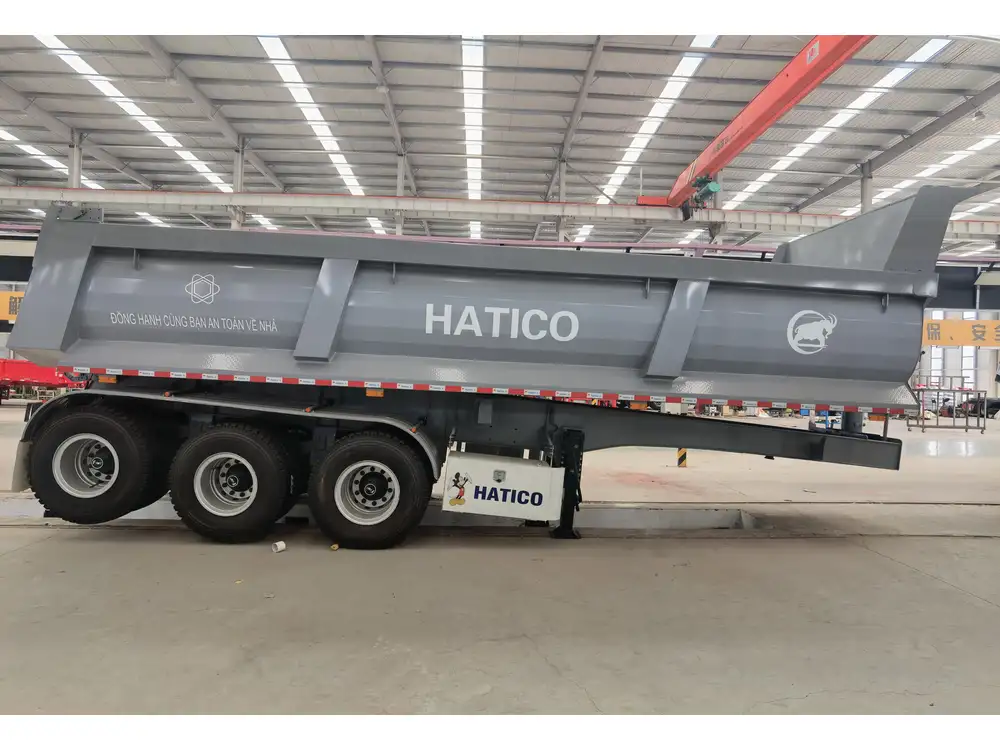
Drop Axle
Drop axles are a specialized form of single or twin axles that can be raised or lowered as needed. This flexibility allows for dynamic load balancing and improved maneuverability.
Advantages:
- Load Flexibility: Adjusts to varying load weights, maintaining optimal axle load.
- Maneuverability: Easily navigates tight turns and challenging terrains.
- Space Optimization: Can be raised when additional axles are unnecessary, reducing trailer height.
Applications:
- Adjustable heavy-duty trailers
- Modular transport solutions
- Multi-purpose hauling systems
Features:
- Hydraulic or manual lift mechanisms
- Integration with smart load management systems
- Compatibility with various trailer designs
Steer Axle
Steer axles are designed primarily for guiding the trailer during directional changes. Typically found in trailers with multiple axle configurations, steer axles enhance handling and control.
Advantages:
- Improved Navigation: Facilitates easier steering and maneuvering.
- Load Distribution: Balances the load to prevent overburdening drive axles.
- Reduced Tire Wear: Minimizes lateral stress on tires, extending their lifespan.
Applications:
- Multi-axle trailers
- Long-haul freight carriers
- Specialized transport vehicles
Key Characteristics:
- Equipped with suspension systems for smoother rides
- Often paired with independent steering mechanisms
- Integrated with braking systems for enhanced safety
Drive Axle
Drive axles are responsible for propelling the trailer, especially in trailers designed for self-driving capabilities. They are equipped with traction-enhancing features to ensure efficient movement.
Advantages:
- Enhanced Propulsion: Provides additional power for heavy loads.
- Improved Traction: Ensures consistent movement even on slippery or uneven surfaces.
- Self-Sufficient Operation: Useful in autonomous or semi-autonomous trailer systems.
Applications:
- Self-propelled trailers
- Autonomous hauling systems
- High-performance transport vehicles
Technical Specifications:
- High-torque motors or engines
- Advanced traction control systems
- Durable construction to withstand continuous use

Key Components of Trailer Axles
Understanding the anatomy of trailer axles is crucial for maintenance and troubleshooting. Here are the essential components:
- Axle Shaft: The central rod that transfers load from the wheels to the trailer frame.
- Bearings: Facilitate smooth rotation of the axle shaft, reducing friction and wear.
- Suspension System: Absorbs shocks and vibrations, ensuring a stable ride.
- Braking System: Essential for slowing down and stopping the trailer safely.
- Steering Mechanism: Allows precise control over trailer direction (in steer axles).
- Traction Devices: Enhance grip and prevent wheel slippage (in drive axles).
Factors to Consider When Choosing Trailer Axles
Selecting the right trailer axle type involves evaluating multiple factors to match your specific hauling requirements. Consider the following:
1. Load Capacity
Assess the maximum weight your trailer will carry. Ensure the axle configuration can handle the anticipated load without compromising safety or performance.

2. Terrain and Usage
Different axles perform better in varying environments. For instance, twin axles are ideal for rough terrains, while single axles suffice for smoother, regulated pathways.
3. Regulatory Compliance
Adhere to local and national regulations regarding axle load limits, spacing, and placement to avoid legal issues and fines.
4. Maintenance Requirements
Evaluate the ease of maintenance and availability of spare parts. Single axles typically require less maintenance compared to more complex axle systems.
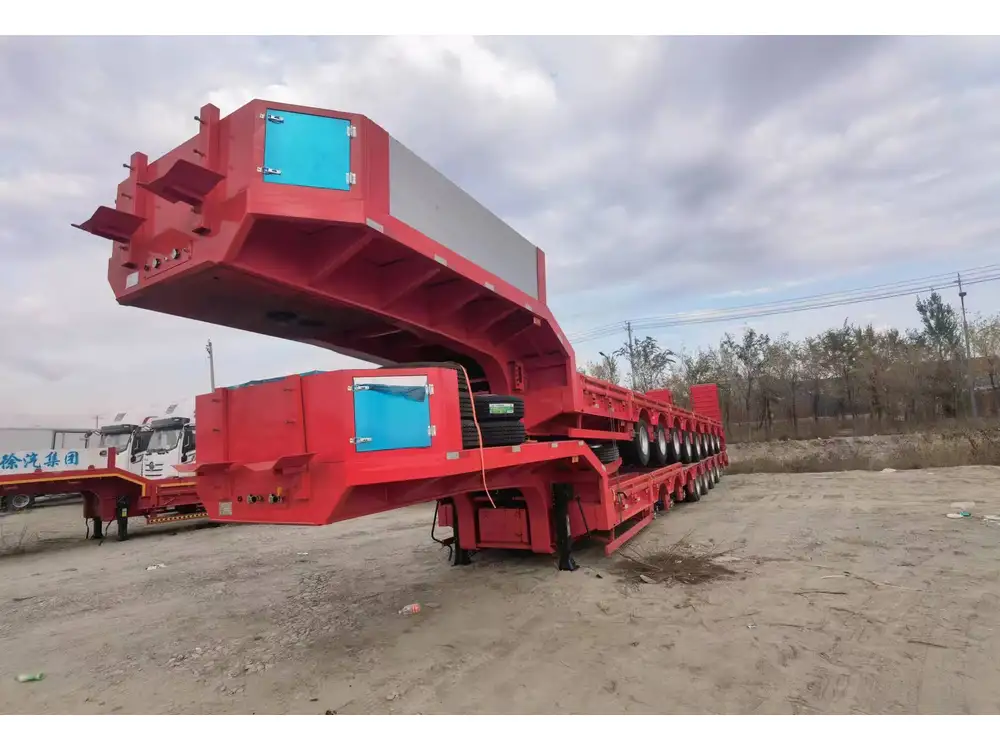
5. Cost Considerations
Balance the initial investment with long-term benefits. While twin axles are more expensive upfront, they offer better load distribution and longevity.
6. Fuel Efficiency
Axle configurations impact fuel consumption. Lighter and fewer axles generally contribute to better fuel economy, an important consideration for cost-effective operations.
7. Safety Features
Prioritize axles with advanced safety features such as effective braking systems, traction control, and robust suspension to ensure secure transportation.
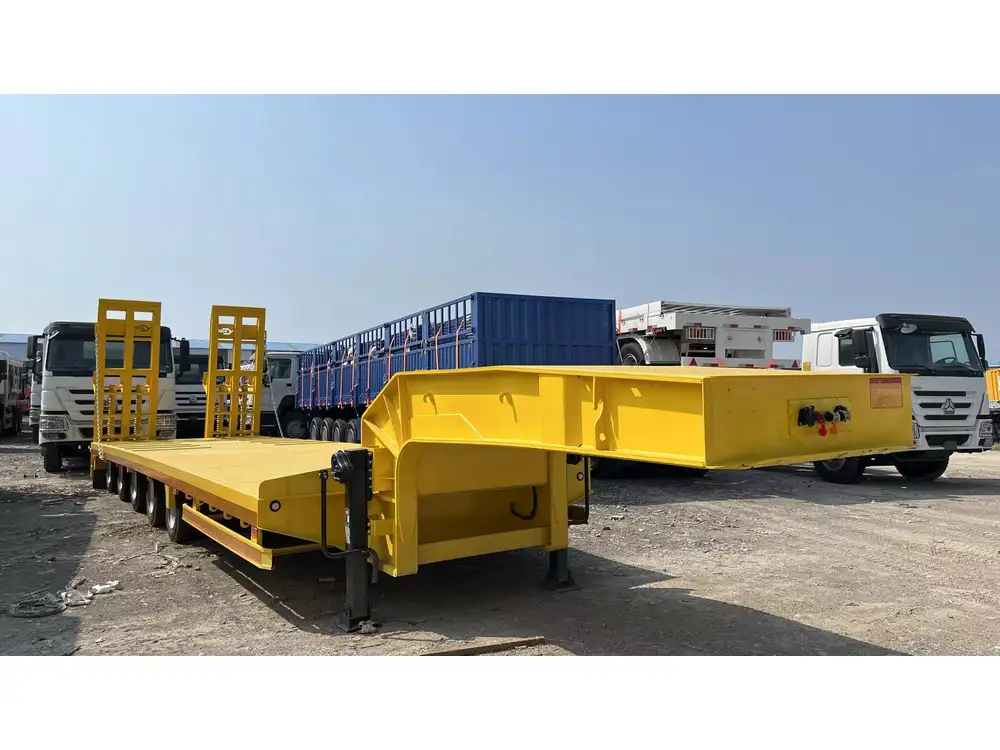
Maintenance Tips for Trailer Axles
Proper maintenance of trailer axles extends their lifespan and ensures optimal performance. Follow these essential tips:
Regular Inspections
- Visual Checks: Look for signs of wear, corrosion, and damage.
- Lubrication: Ensure bearings and moving parts are adequately lubricated to reduce friction.
- Brake Functionality: Test brakes frequently to confirm they are responsive and effective.
Cleaning
- Remove Debris: Clear dirt and grime that can cause rust and hinder axle performance.
- Protective Coatings: Apply anti-corrosion sprays to prevent rust and extend axle life.
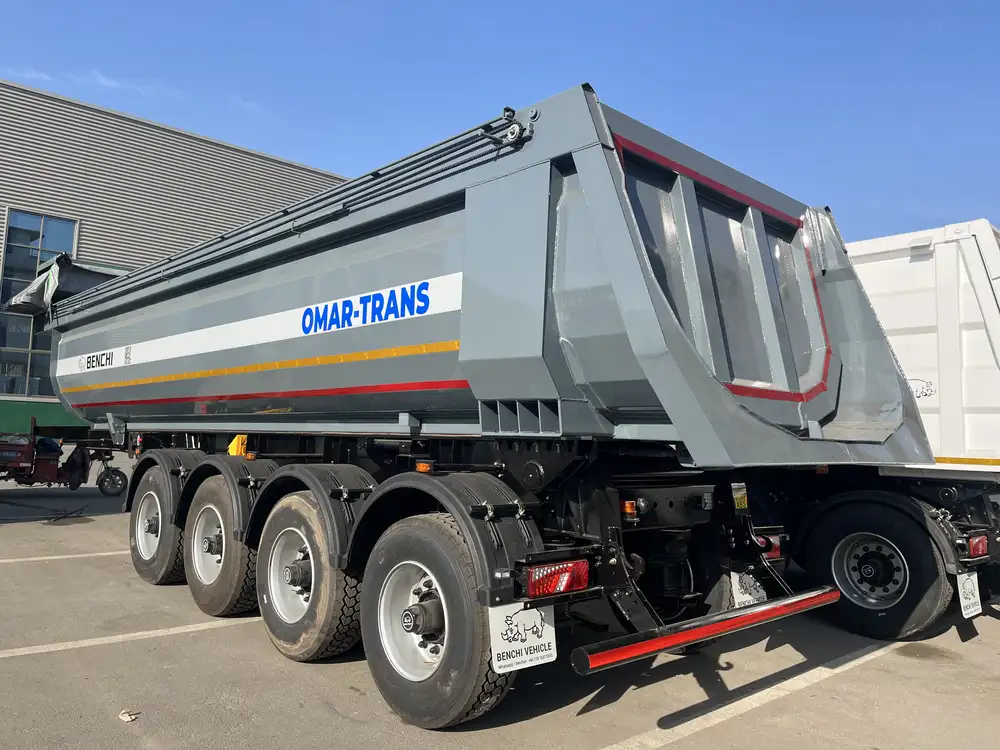
Alignment and Balancing
- Proper Alignment: Ensure axles are correctly aligned to prevent uneven tire wear and improve handling.
- Weight Distribution: Balance the load evenly across all axles to avoid overloading and stress.
Timely Repairs
- Address Issues Promptly: Fix any identified problems immediately to prevent minor issues from escalating.
- Professional Servicing: Seek expert assistance for complex repairs to maintain axle integrity and performance.
Storage Practices
- Protect from Elements: Store trailers in covered areas to shield axles from harsh weather conditions.
- Regular Use: Operate trailers regularly to prevent parts from seizing and ensure all components remain functional.
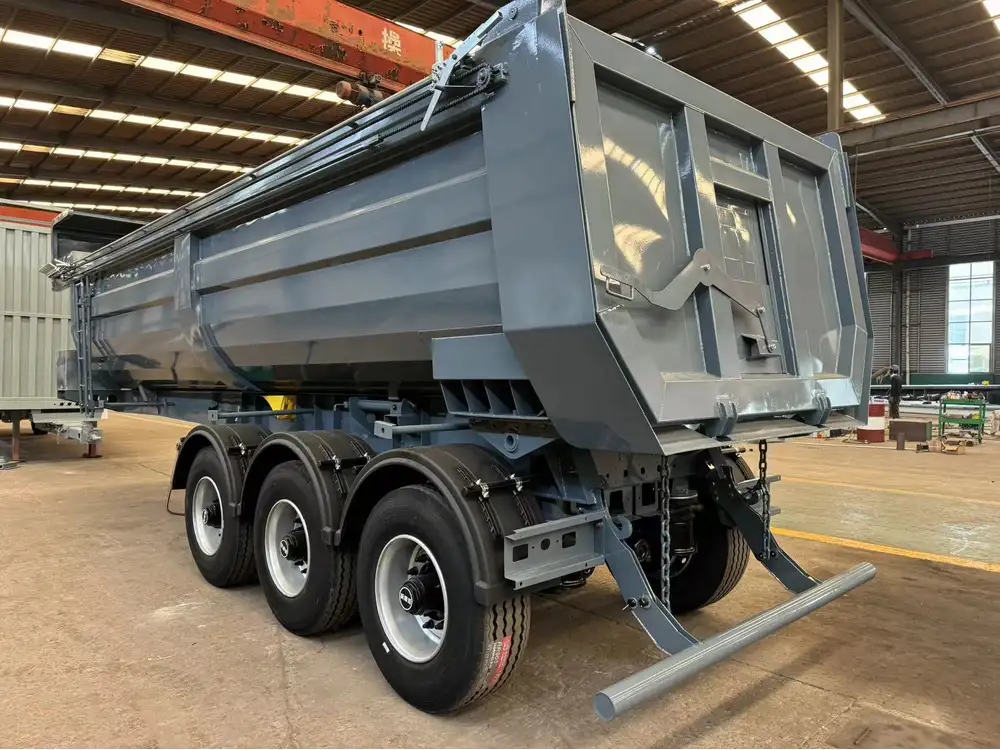
CarMax Trailer: Superior Trailer Axle Solutions
At CarMax Trailer, we pride ourselves on delivering high-quality trailer axle solutions tailored to meet diverse hauling needs. Our commitment to innovation and excellence ensures that our axles provide unparalleled performance, durability, and safety.
Our Axle Offerings
- Heavy-Duty Axles: Designed for maximum load capacity and rugged performance in demanding environments.
- Adjustable Axles: Versatile axles that can be modified to suit different load requirements and terrains.
- Precision Steer Axles: Engineered for superior steering accuracy and control, enhancing overall trailer maneuverability.
- Advanced Drive Axles: Incorporate cutting-edge technology for enhanced traction and propulsion, ideal for autonomous and high-performance trailers.
Why Choose CarMax Trailer?
- Expertise: Decades of experience in the trailer manufacturing industry ensure our axles meet the highest standards.
- Customization: We offer tailored solutions to match your specific hauling requirements and operational needs.
- Quality Assurance: Rigorous testing and quality control processes guarantee reliable and long-lasting axle performance.
- Customer Support: Dedicated support teams assist you in selecting, maintaining, and optimizing your trailer axles for maximum efficiency.

Innovations at CarMax Vehicle
Our research and development team continually explores new materials, designs, and technologies to enhance axle performance. From lightweight alloys that reduce trailer weight to smart suspension systems that adapt to varying loads, CarMax Vehicle remains at the forefront of trailer axle innovation.
Case Study: Enhancing Fuel Efficiency with Optimized Axle Design
One of our clients experienced significant fuel savings and reduced maintenance costs after upgrading to our optimized twin axle system. By improving load distribution and incorporating advanced lubrication techniques, the trailer achieved better fuel economy and extended axle lifespan, showcasing the tangible benefits of our axle solutions.
Frequently Asked Questions
1. What is the most suitable trailer axle type for long-haul freight?
For long-haul freight, twin axles are often the best choice due to their superior load distribution, stability, and reduced tire wear, which contribute to safer and more efficient transportation over extended distances.

2. How often should I inspect my trailer axles?
It’s recommended to perform visual inspections of your trailer axles before each trip and conduct a more thorough inspection every few weeks, depending on usage frequency and operating conditions.
3. Can I upgrade my existing single axle to a twin axle setup?
Upgrading from a single to a twin axle setup is possible but requires structural modifications to the trailer frame. It is best to consult with a professional from CarMax Trailer to assess feasibility and ensure proper installation.
4. What signs indicate that my trailer axles need maintenance or replacement?
Indicators include unusual noises, vibrations, uneven tire wear, reduced braking efficiency, and visible signs of rust or damage. Prompt maintenance is essential to prevent further issues and ensure safe operation.

5. How do trailer axles impact fuel efficiency?
Trailer axles influence fuel efficiency through factors like load distribution, axle weight, and rolling resistance. Properly balanced axles with optimized configurations can reduce drag and improve overall fuel economy.
Investing in the right trailer axle type is crucial for the success of your hauling operations. At CarMax Vehicle, our expertise and dedication to quality ensure that your trailers are equipped with axles that deliver unmatched performance, reliability, and safety. Contact CarMax Trailer today to explore our range of axle solutions tailored to your specific needs.



